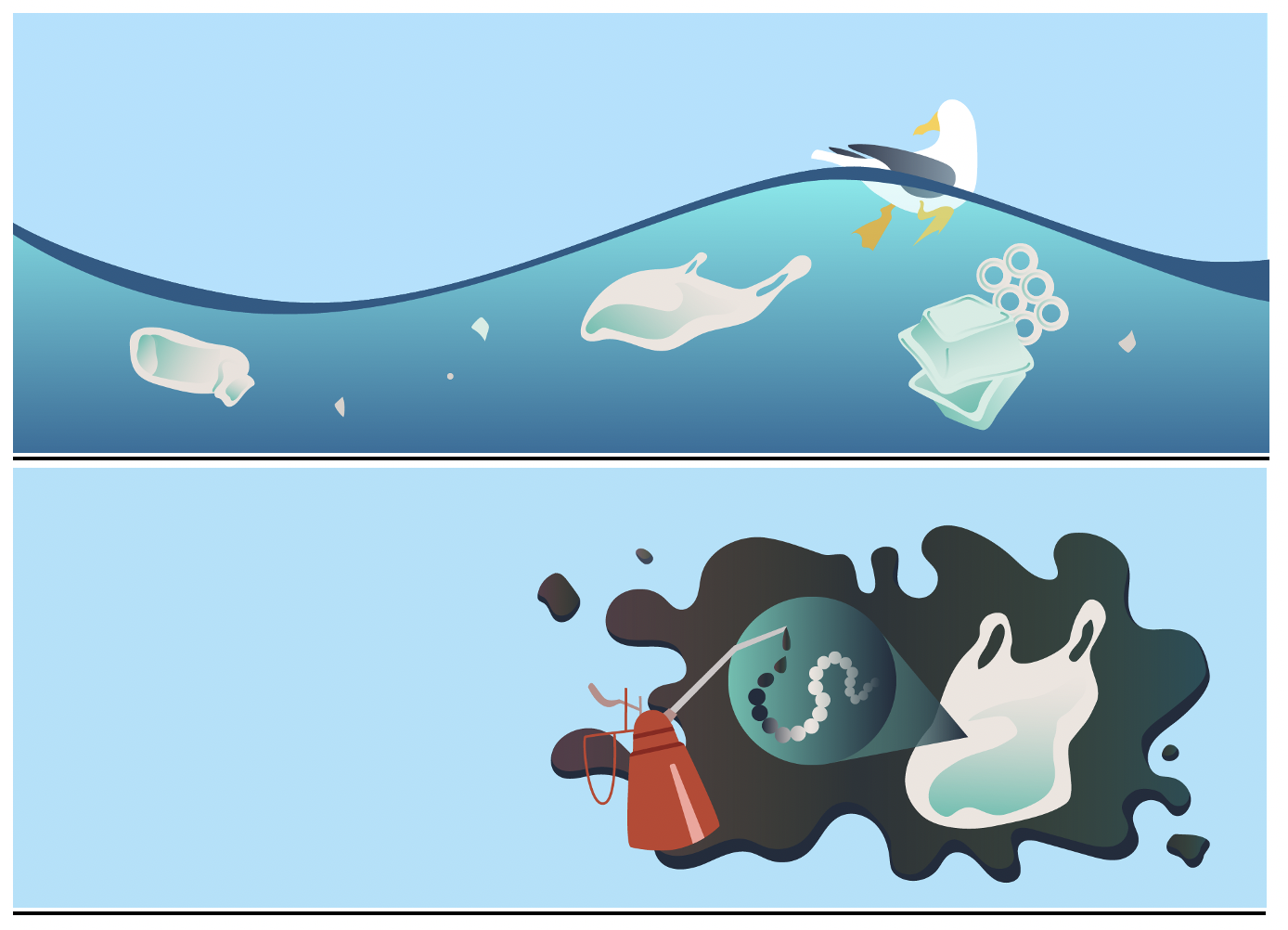By: Alex Tse
Hi everyone! My name is Alex Tse, and I’m a sophomore studying as a Business Administration major at USC Marshall with a minor in Environmental Studies at Dornsife. This summer, I received a Summer Environmental Award from the Wrigley Institute to support my internship on aquaculture and communications.
I’ve been so fortunate this summer to work under the supervision of USC Provost Postdoctoral Fellow Amalia Almada, PhD and the California Dept of Fish and Wildlife (CDFW) State Aquaculture Coordinator Randy Lovell to audit two state-run aquaculture websites: the department’s Aquaculture Homepage and the outreach site ‘Aquaculture Matters’.
For those who may not be familiar, aquaculture is defined by NOAA Fisheries as “the breeding, rearing, and harvesting of animals and plants in all types of water environments”. Aquaculture provides a valuable food source for human environments, as about half of all seafood for human consumption is produced through aquaculture. When done right, aquaculture also contributes to environmental health by sequestering nutrients and cleaning up the water.
To communicate the benefits of aquaculture as well as to streamline the site visitor’s experience, I worked alongside my awesome intern partner Victoria Westover to tackle our projects head on, producing a massive deliverable outlining our work process on the audit. In it, we highlight the most effective changes that could be made to improve communications on the two websites.

A screenshot showing the CDFW Aquaculture Homepage and the Aquaculture Matters site that we performed our audit on!
I’m personally interested in the intersection of business and environmentalism/social good. I’d previously been heavily involved in my high school’s garden club and our developing aquaculture program. So performing this audit like a consultant on material that has fascinated me since high school was super exciting.
The final piece of the puzzle was to create and present our deliverable to Randy, our mentor in the CDFW, for approval. In doing so, we prepared a 30+ page deliverable, client presentation slides as well as a more general audience slide deck, many custom graphics and poster images, and finally, a wireframe mock-up visualizing the changes we envisioned for the site, alongside our comments for what we thought about the current iteration of it.
Throughout this process I’ve learned so much more about CA aquaculture and the importance it plays in today’s food ecosystem. In addition, the mentorship we’ve gotten from Amalia and Randy have helped us to grow professionally and give us the tools needed to work in environments like these in the future. The actual work we did auditing the website for the CDFW helped Victoria and myself learn new skills about conducting audits, and to employ new methods about how to concisely and efficiently present our findings to different target audiences.
I’d like to thank our mentors, Amalia and Randy, for their feedback and dedication towards our project, as well as Kathryn Royster, Jessica Giradot, Jessica Dutton, and the teams at USC Wrigley and the CDFW for their support for our work. Lastly, I’d like to thank Victoria for being such an awesome partner and collaborator—truly could not have done this without you! Thank you all for reading a bit about my summer work, and fight on!
Summer Award made possible by the Bauer Family Endowed Scholarship Fund.






